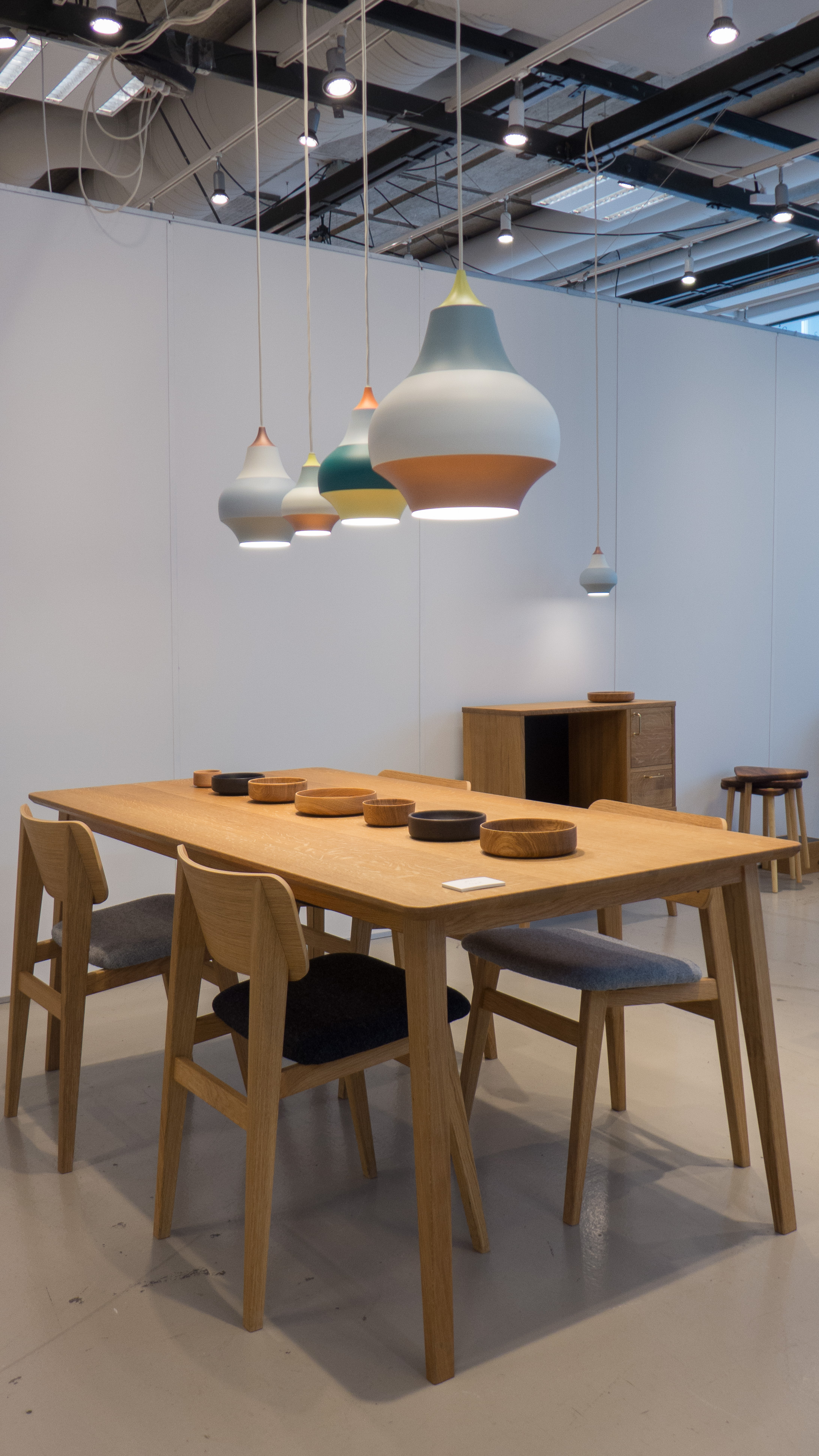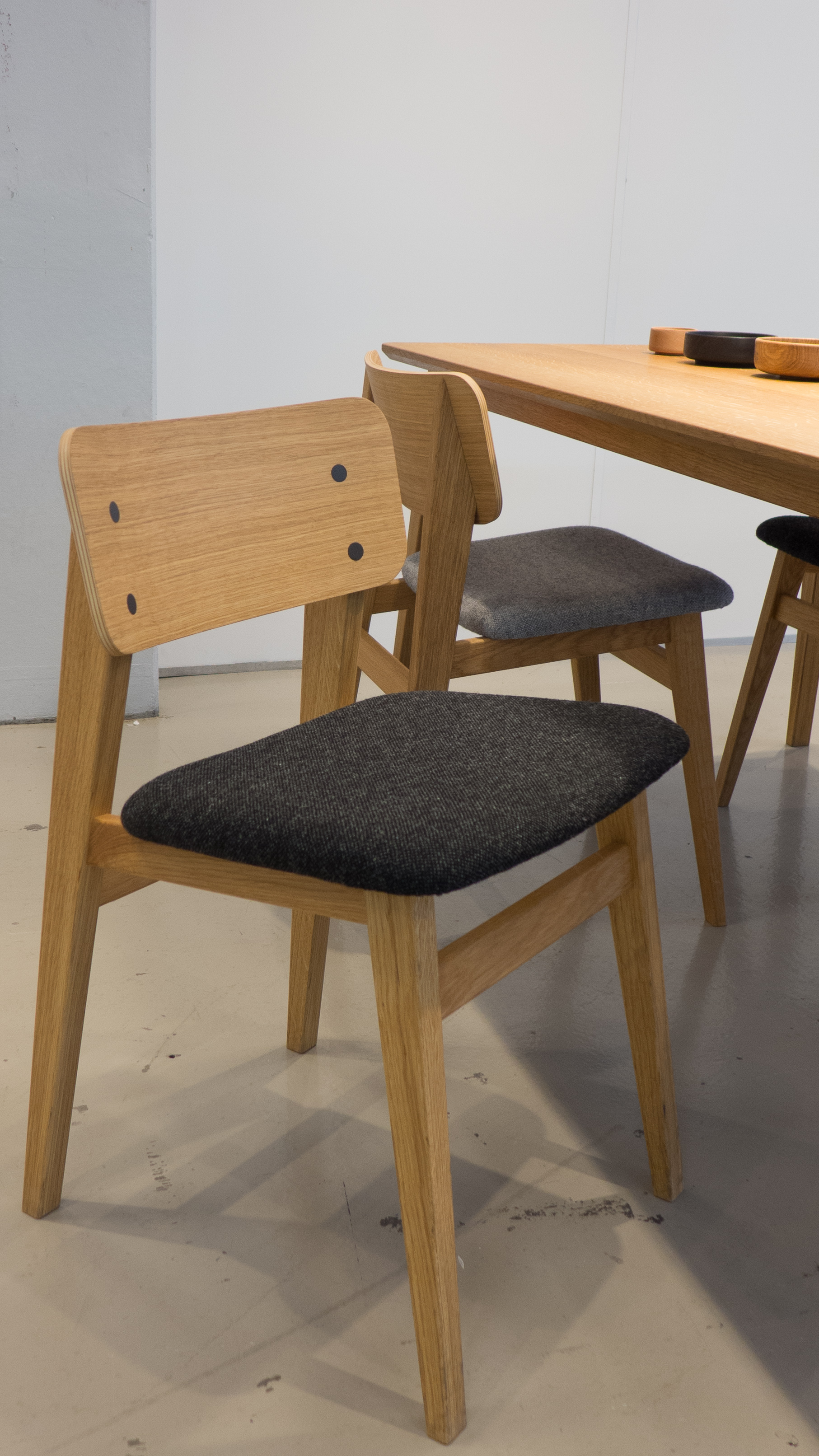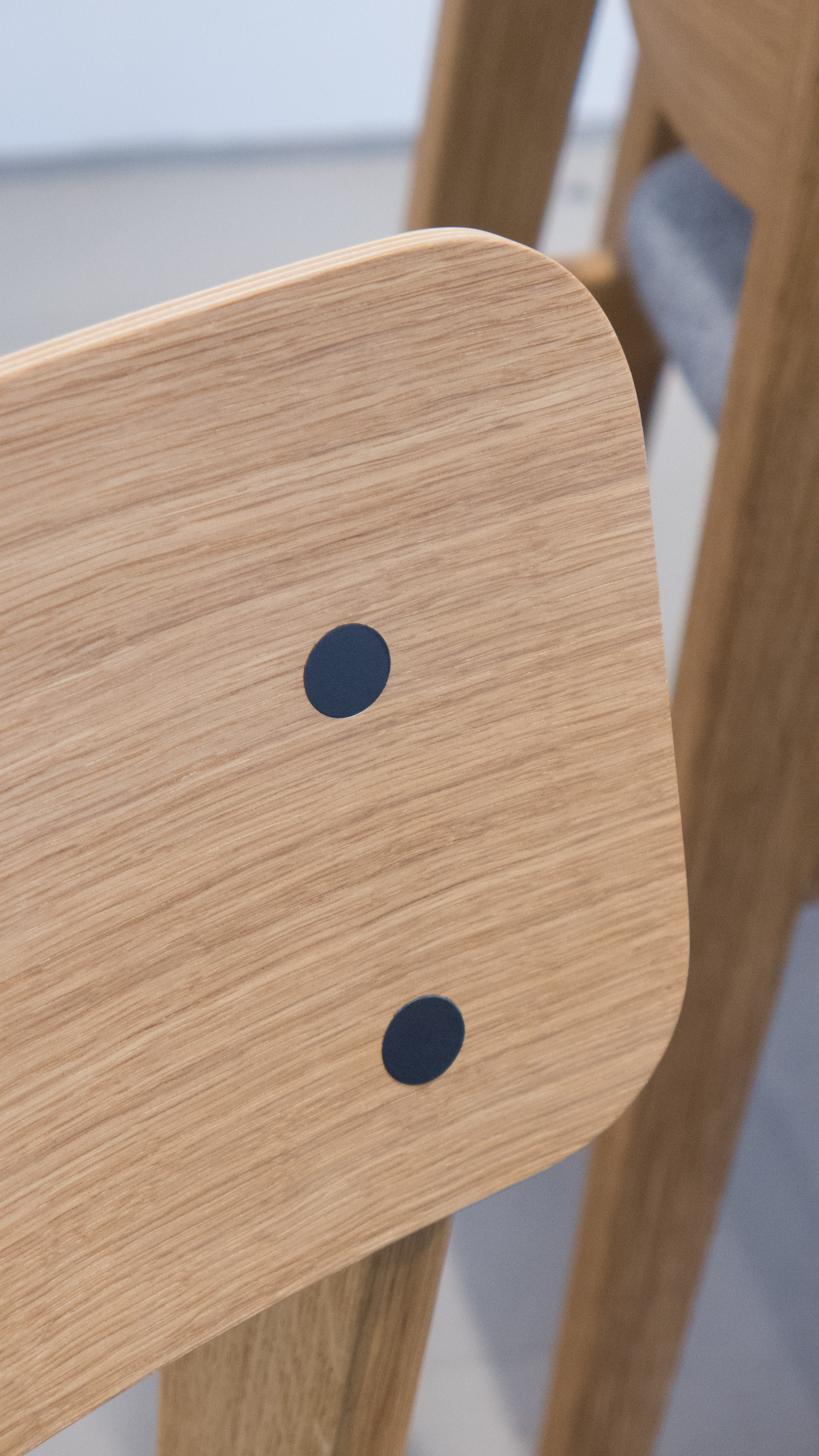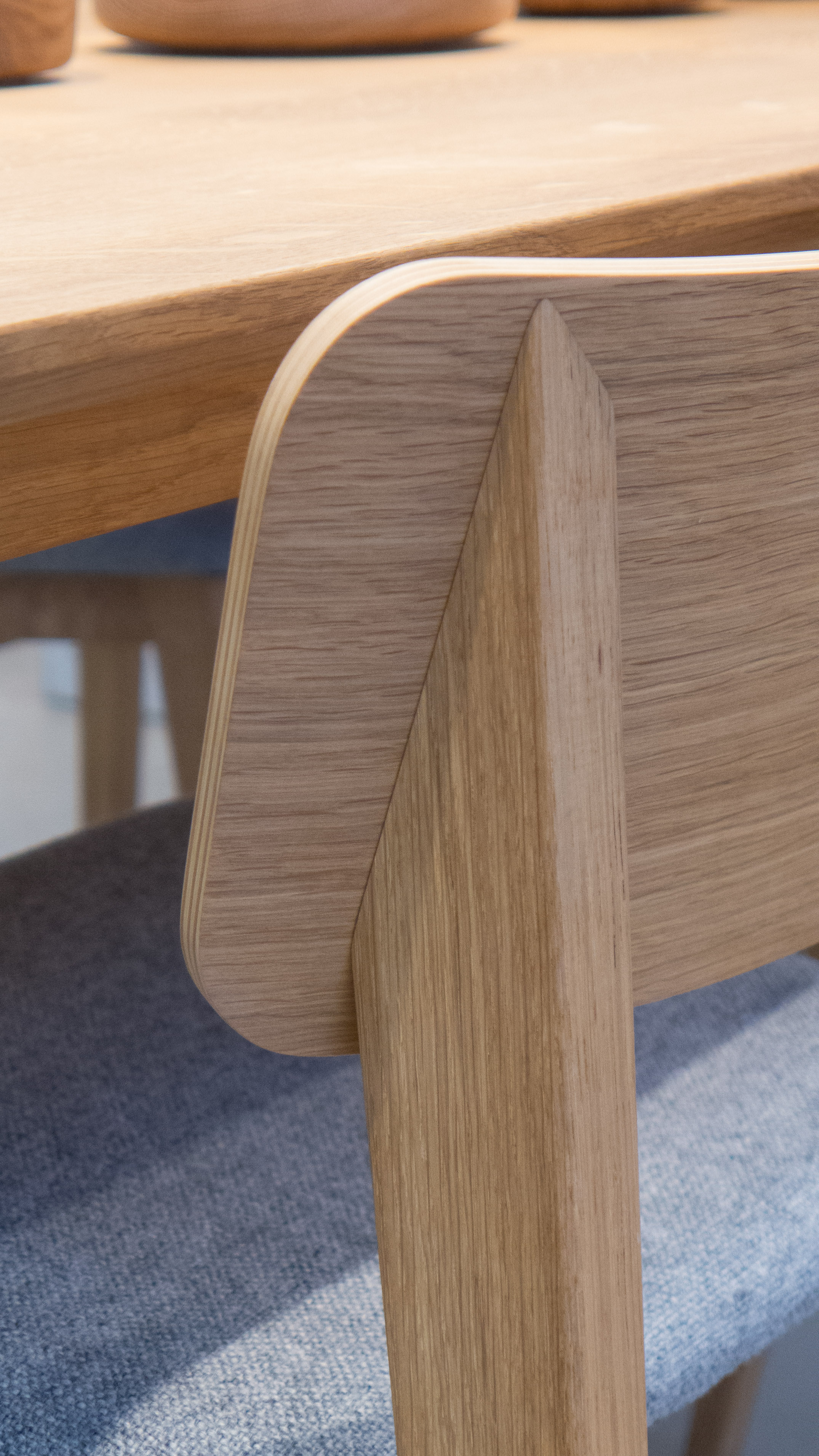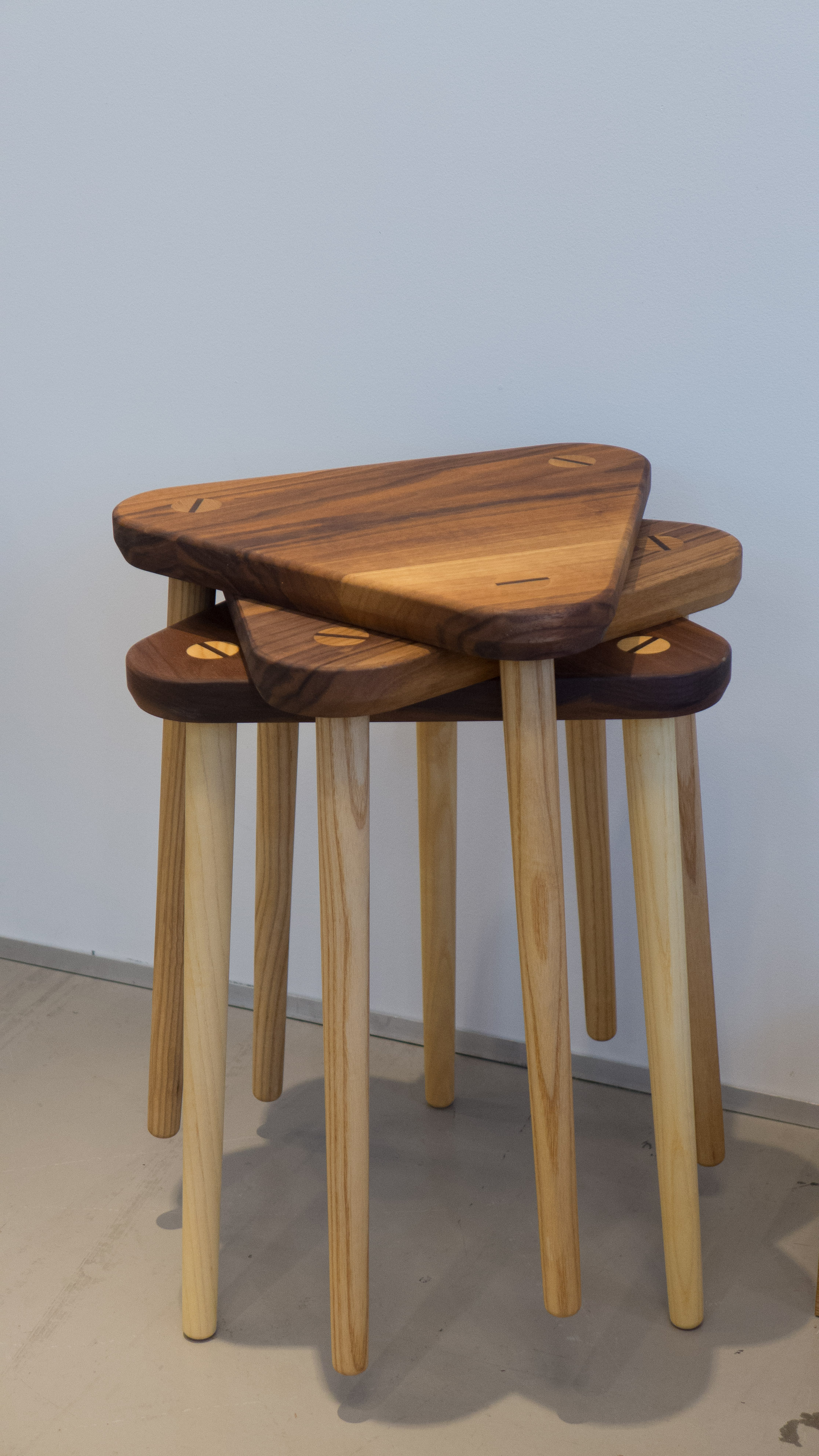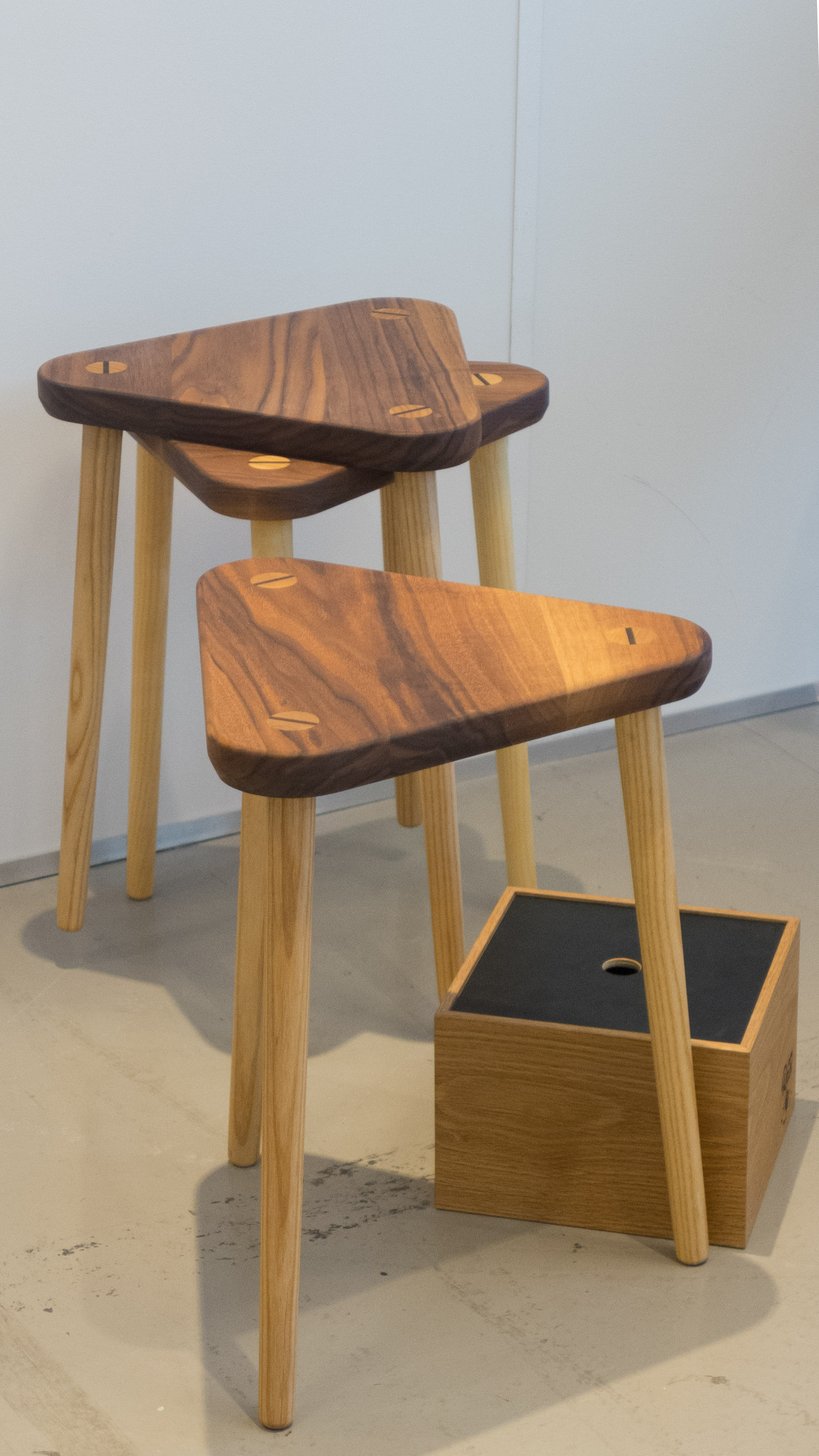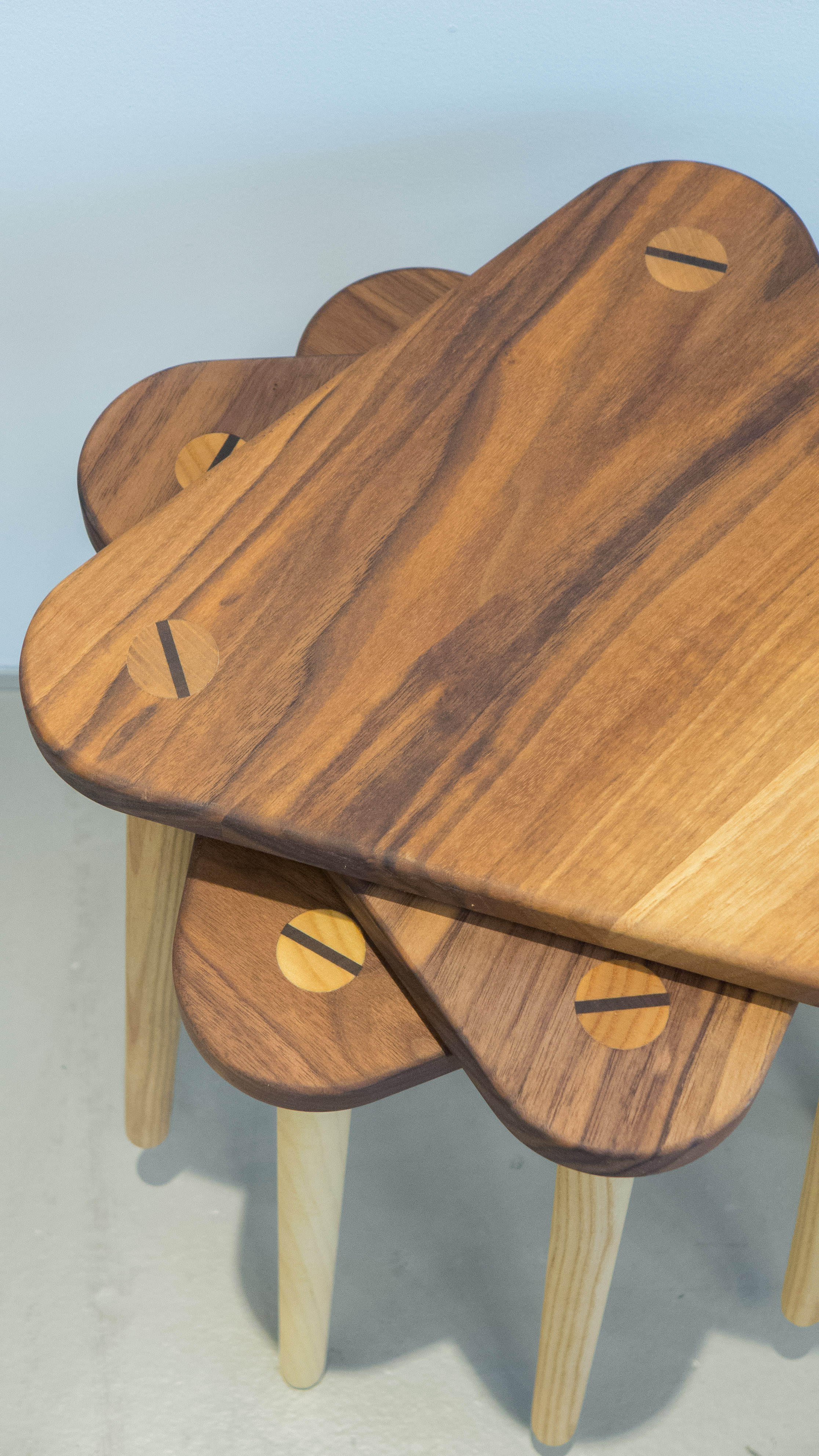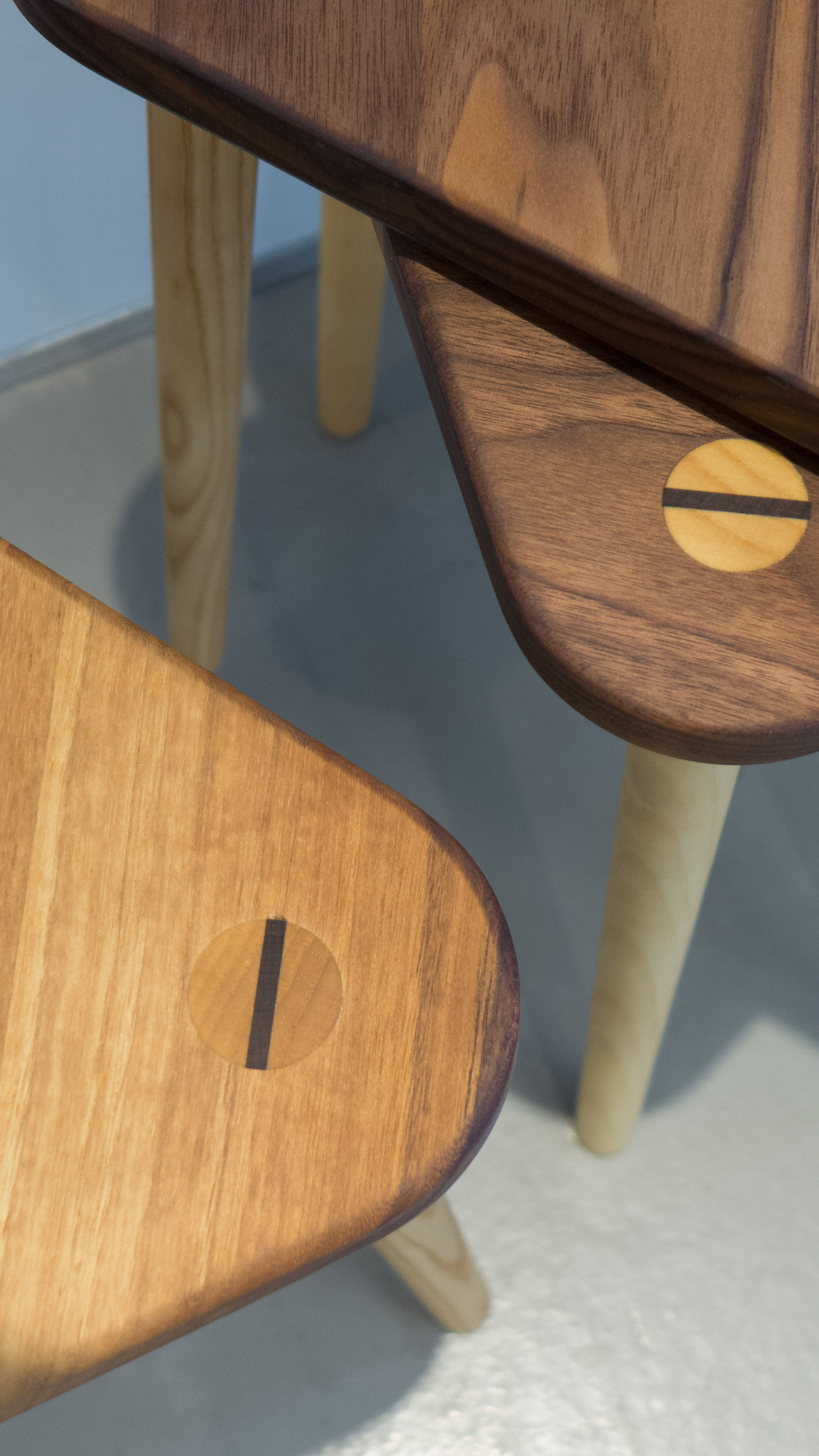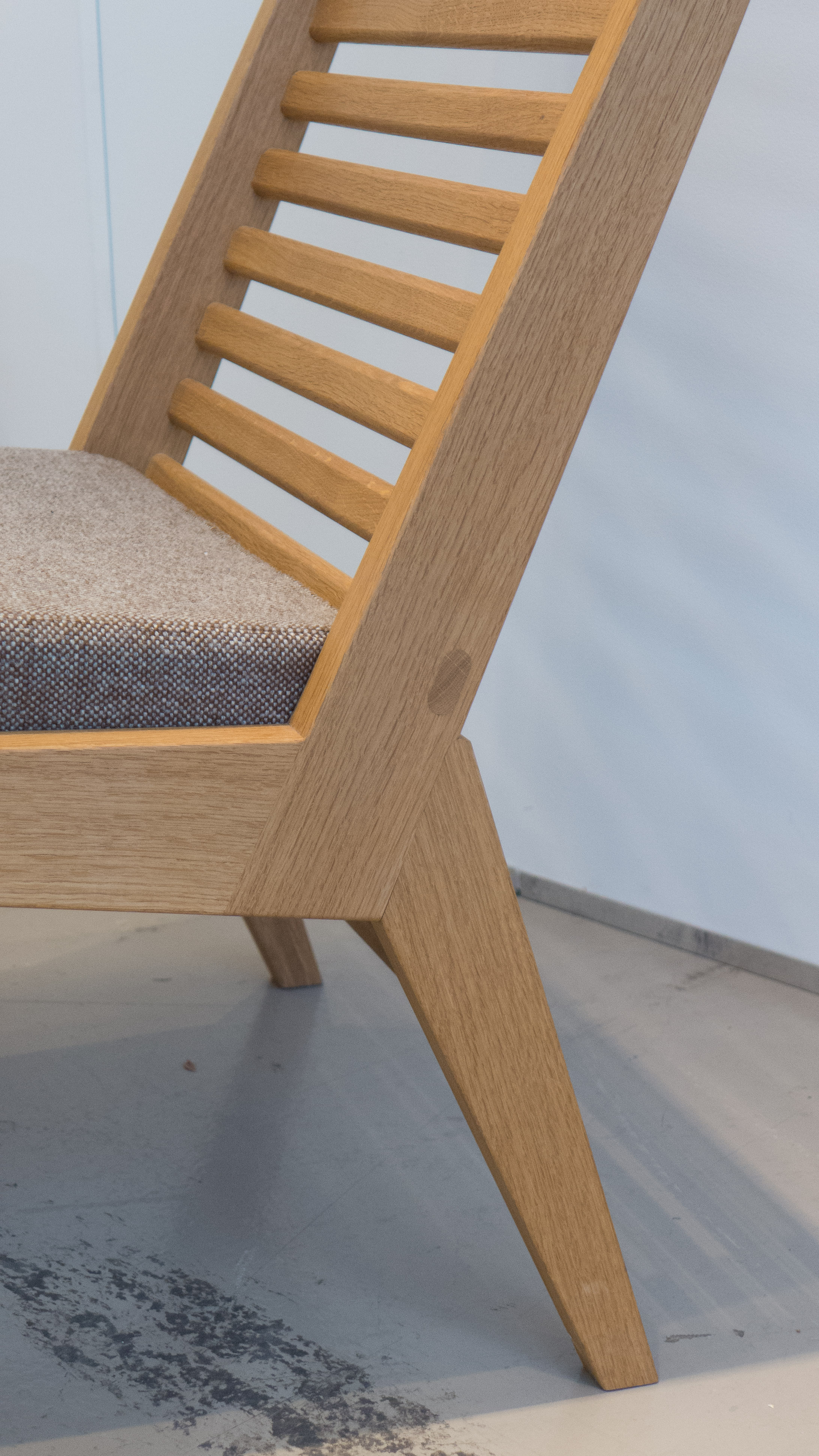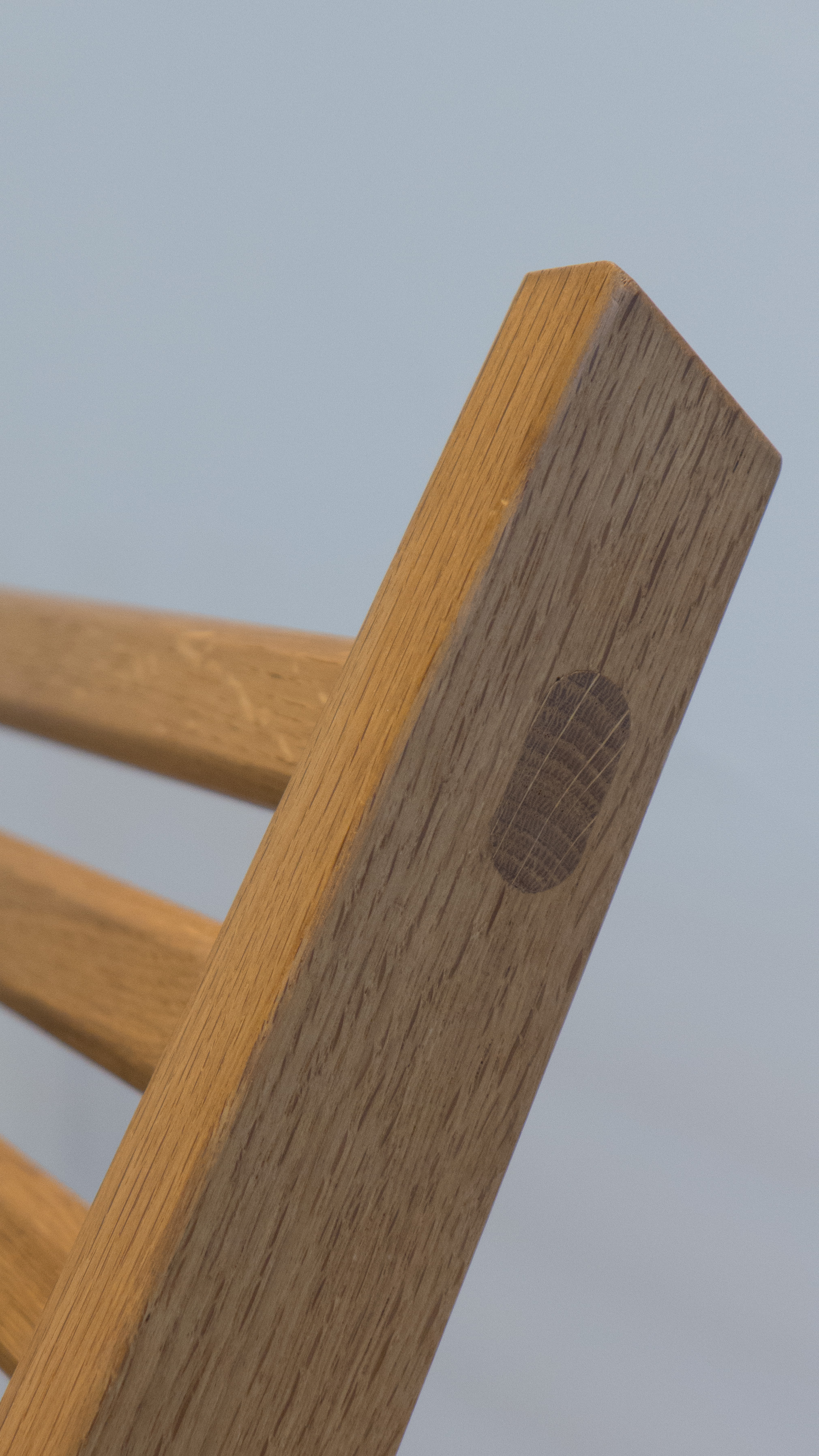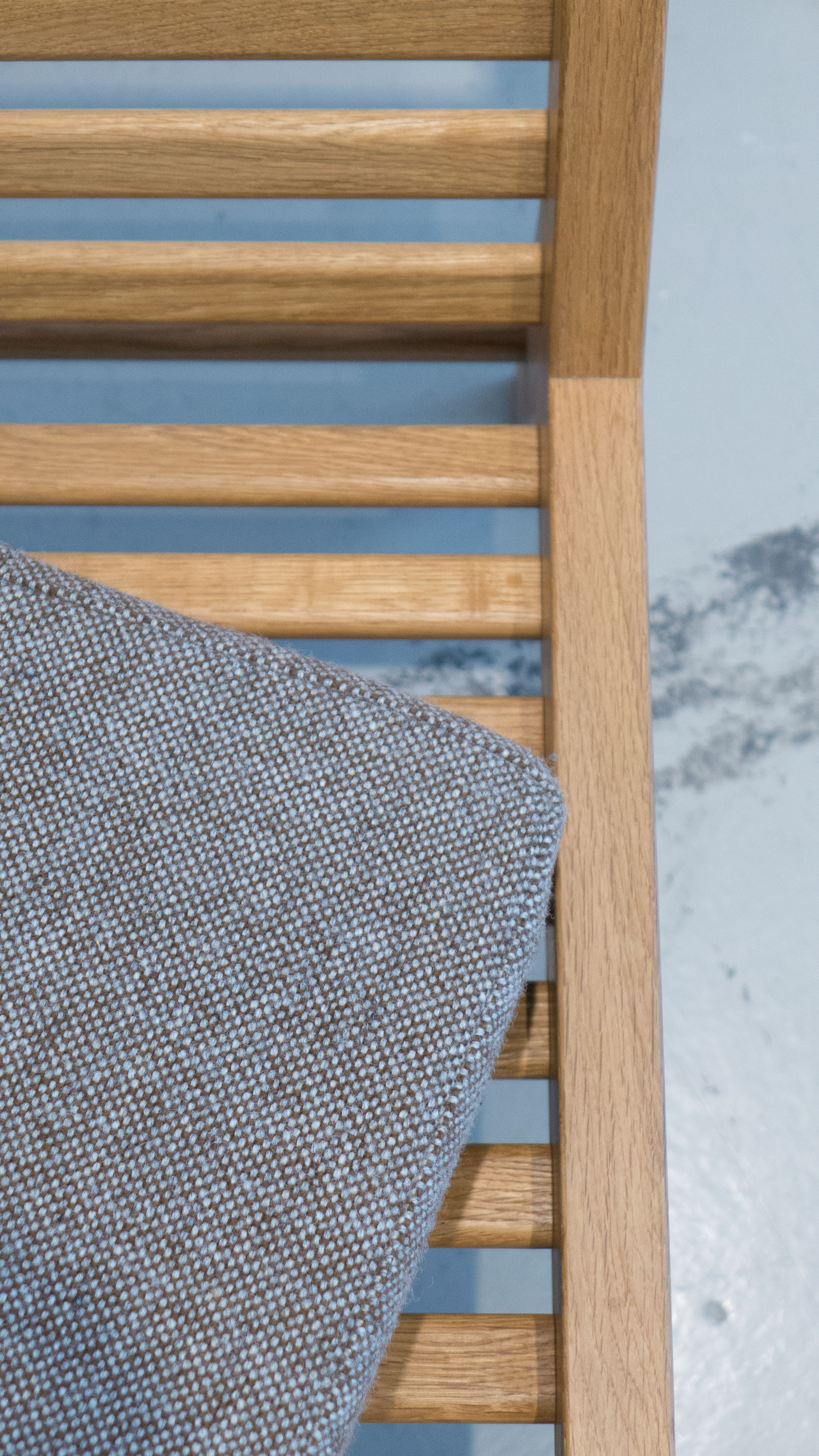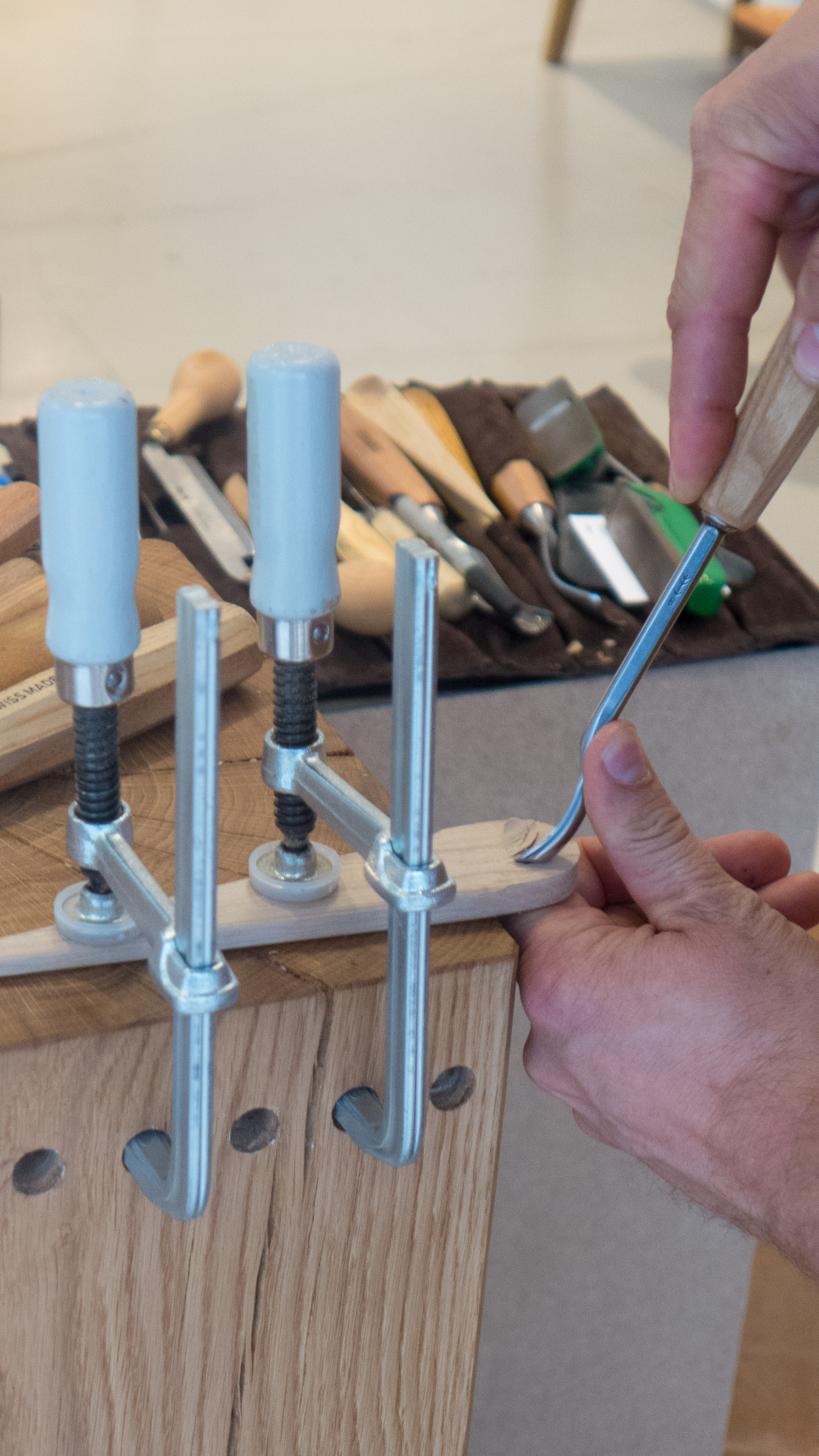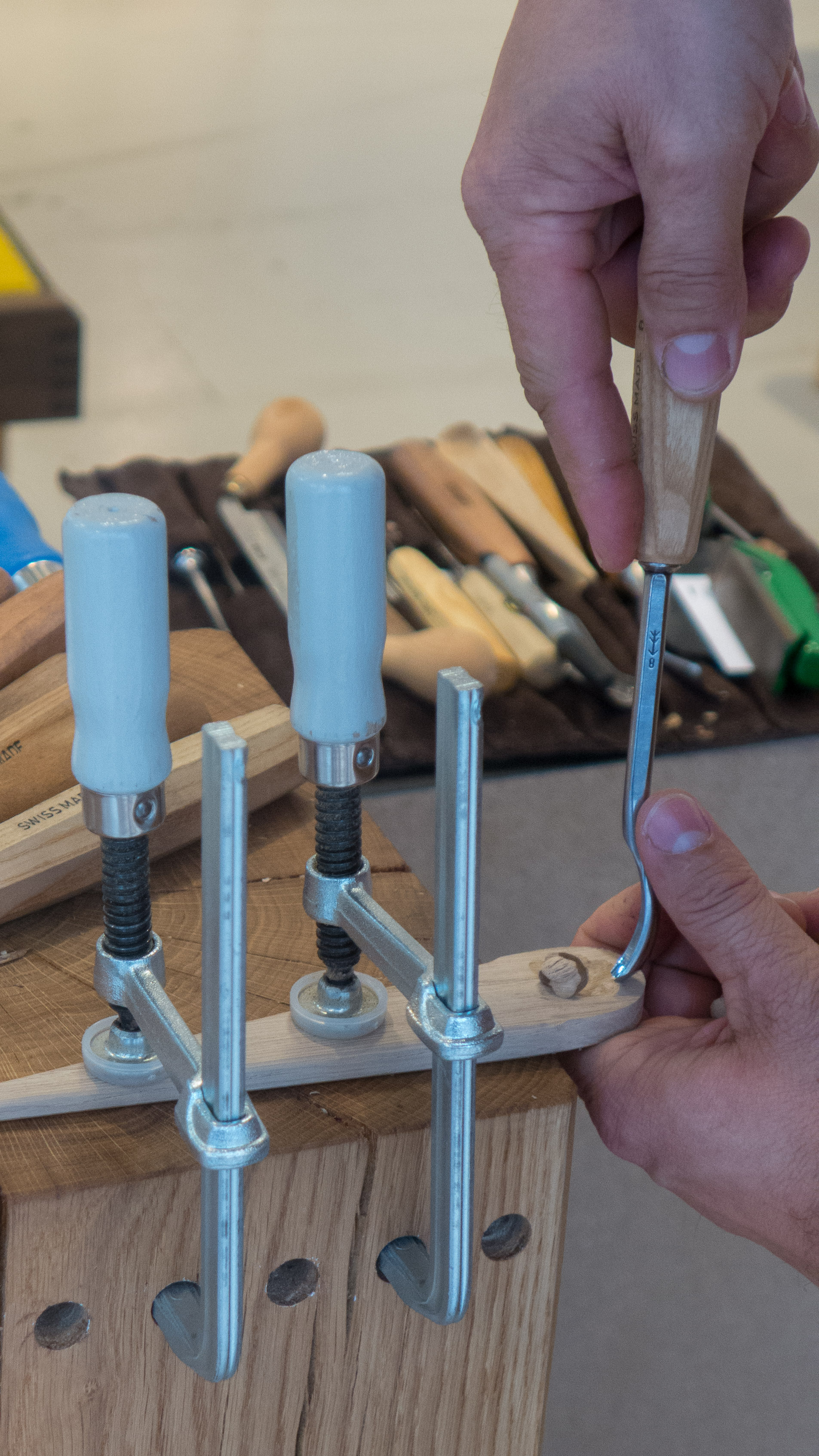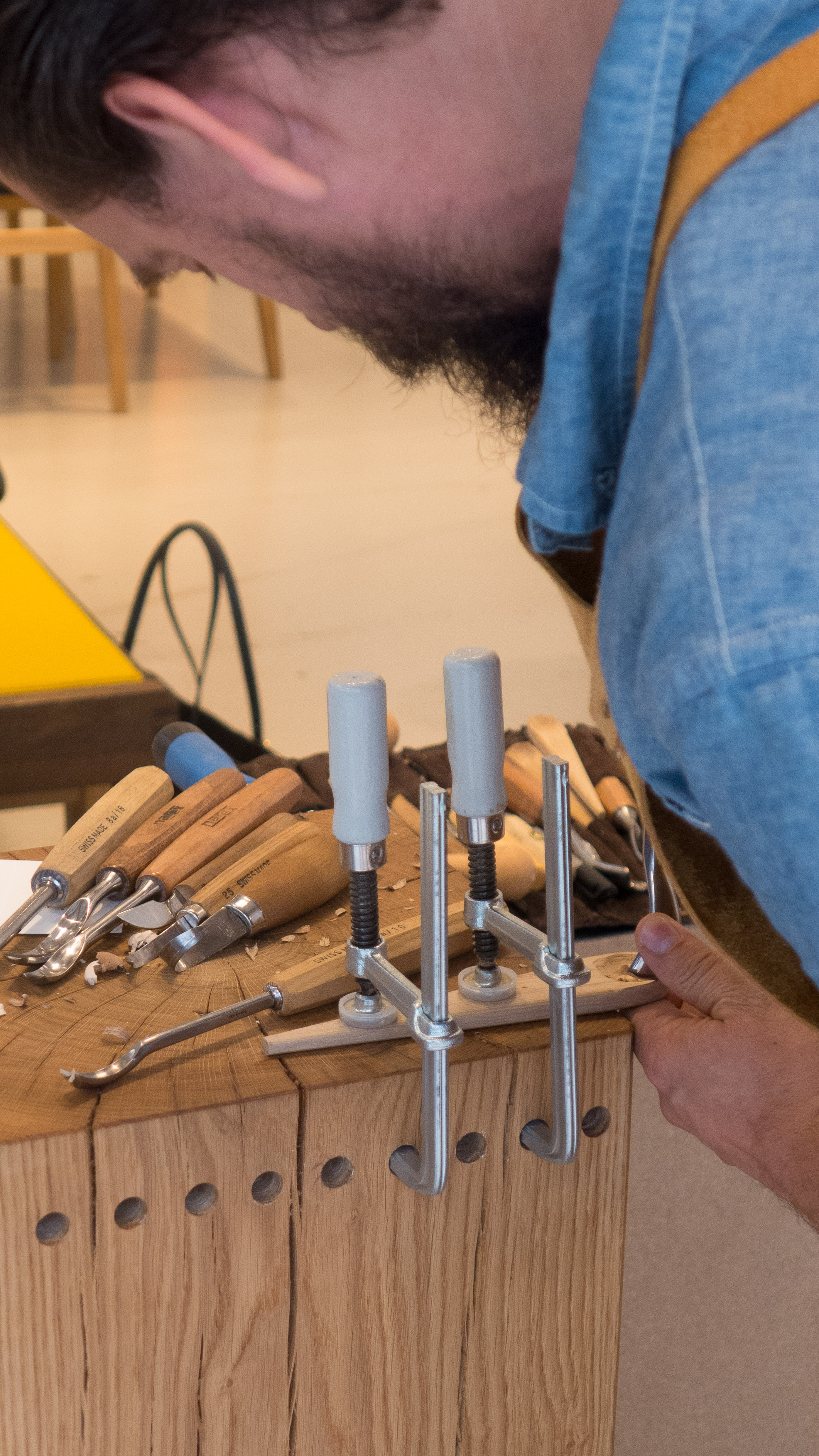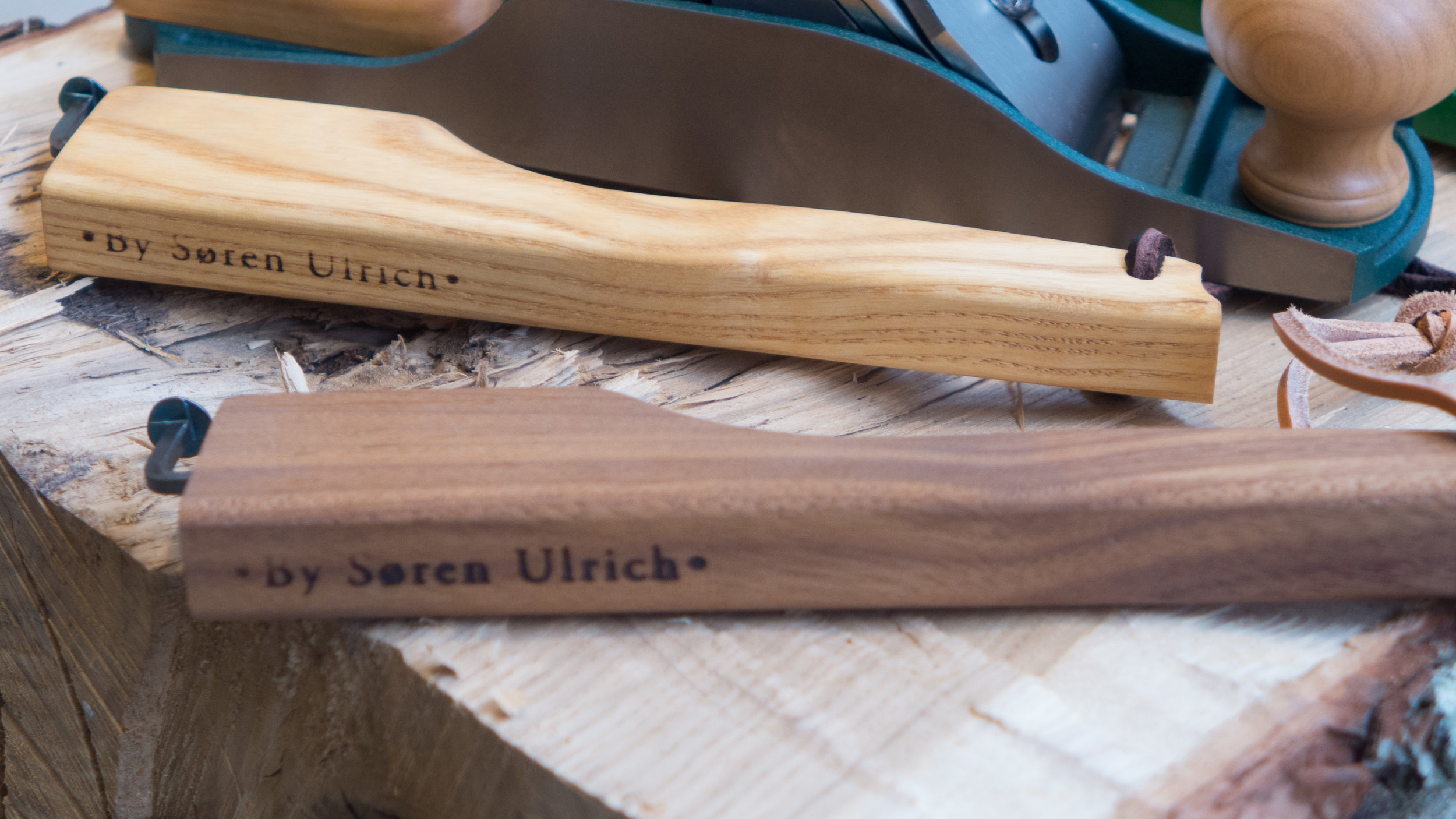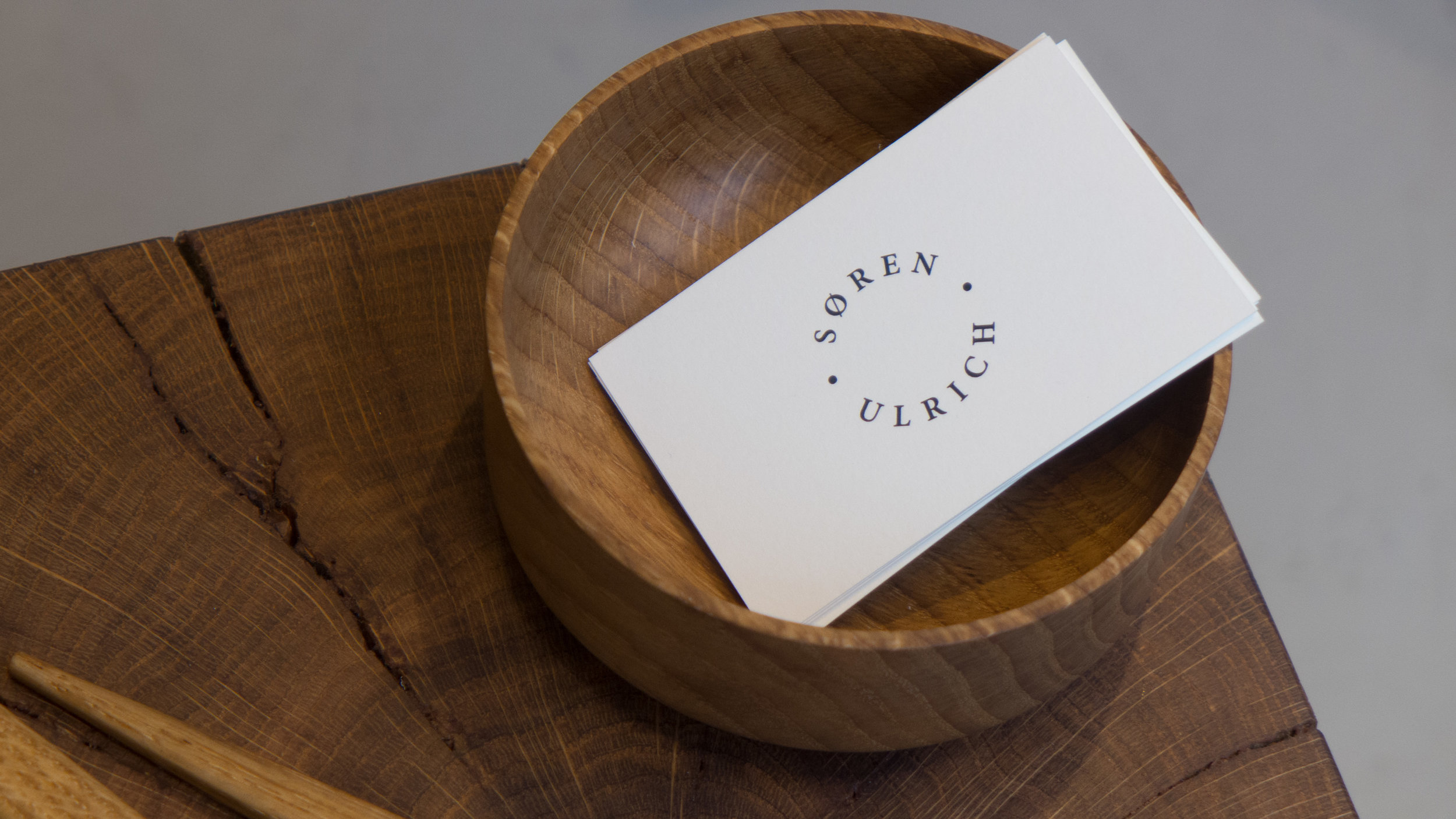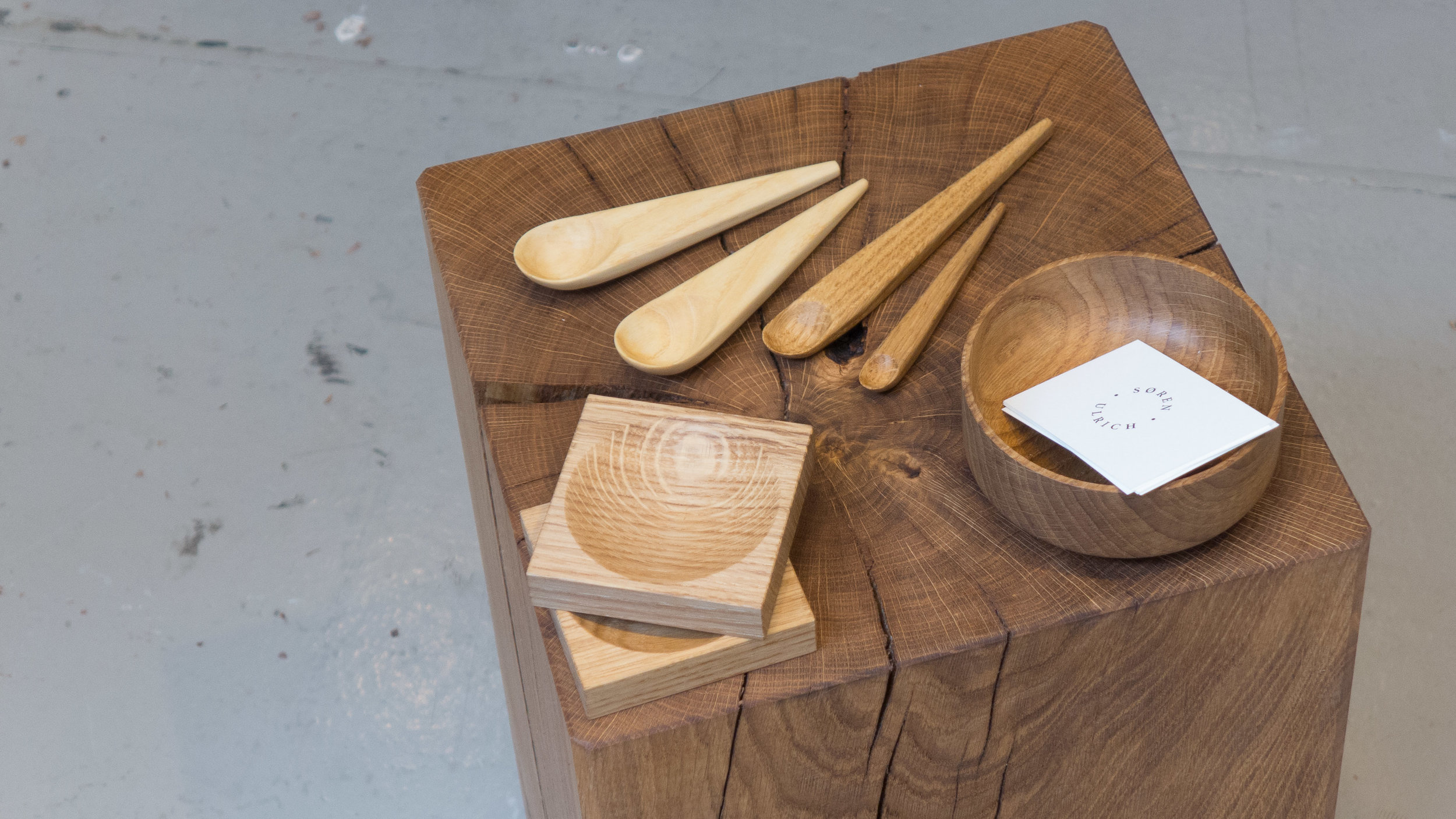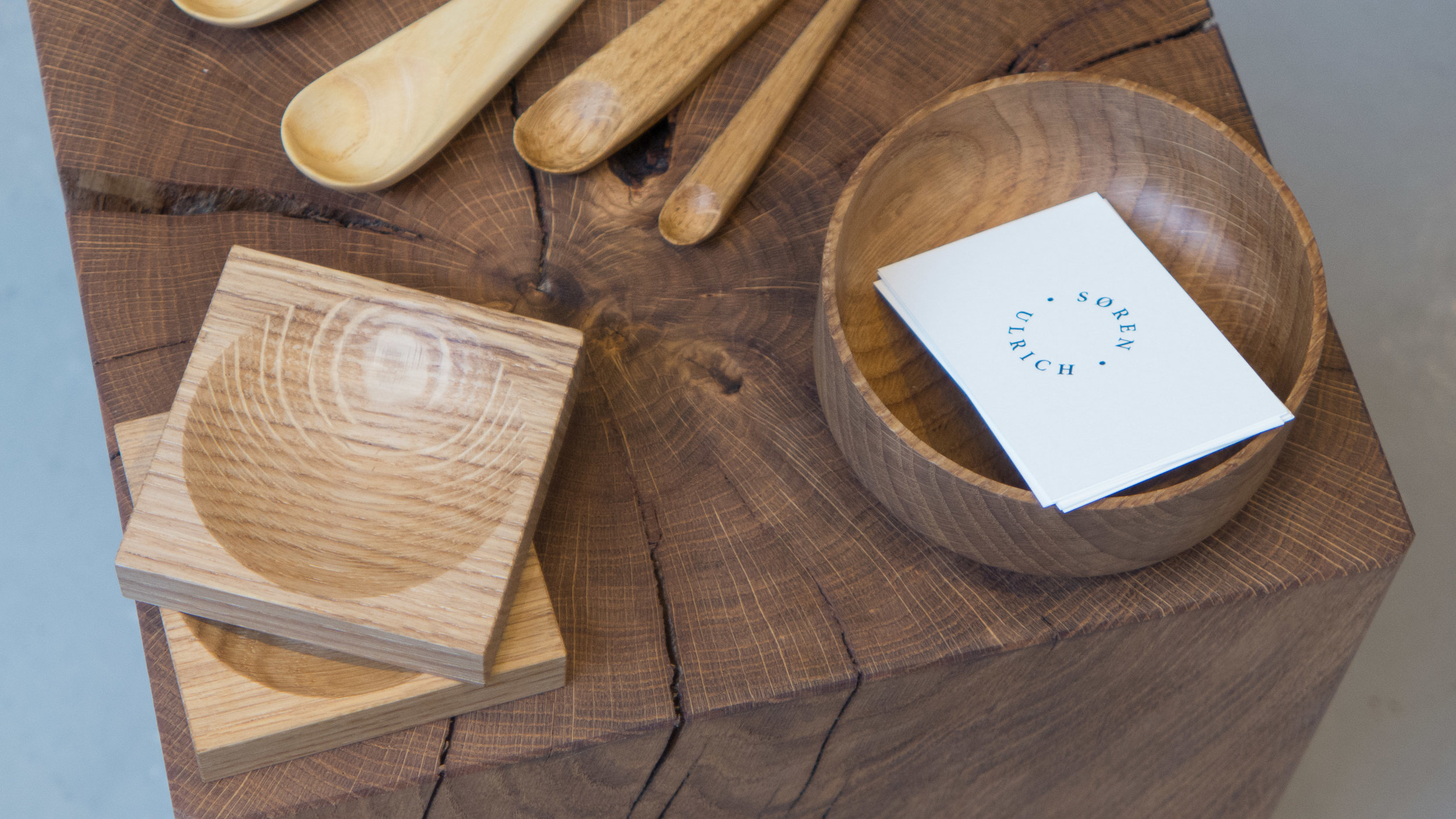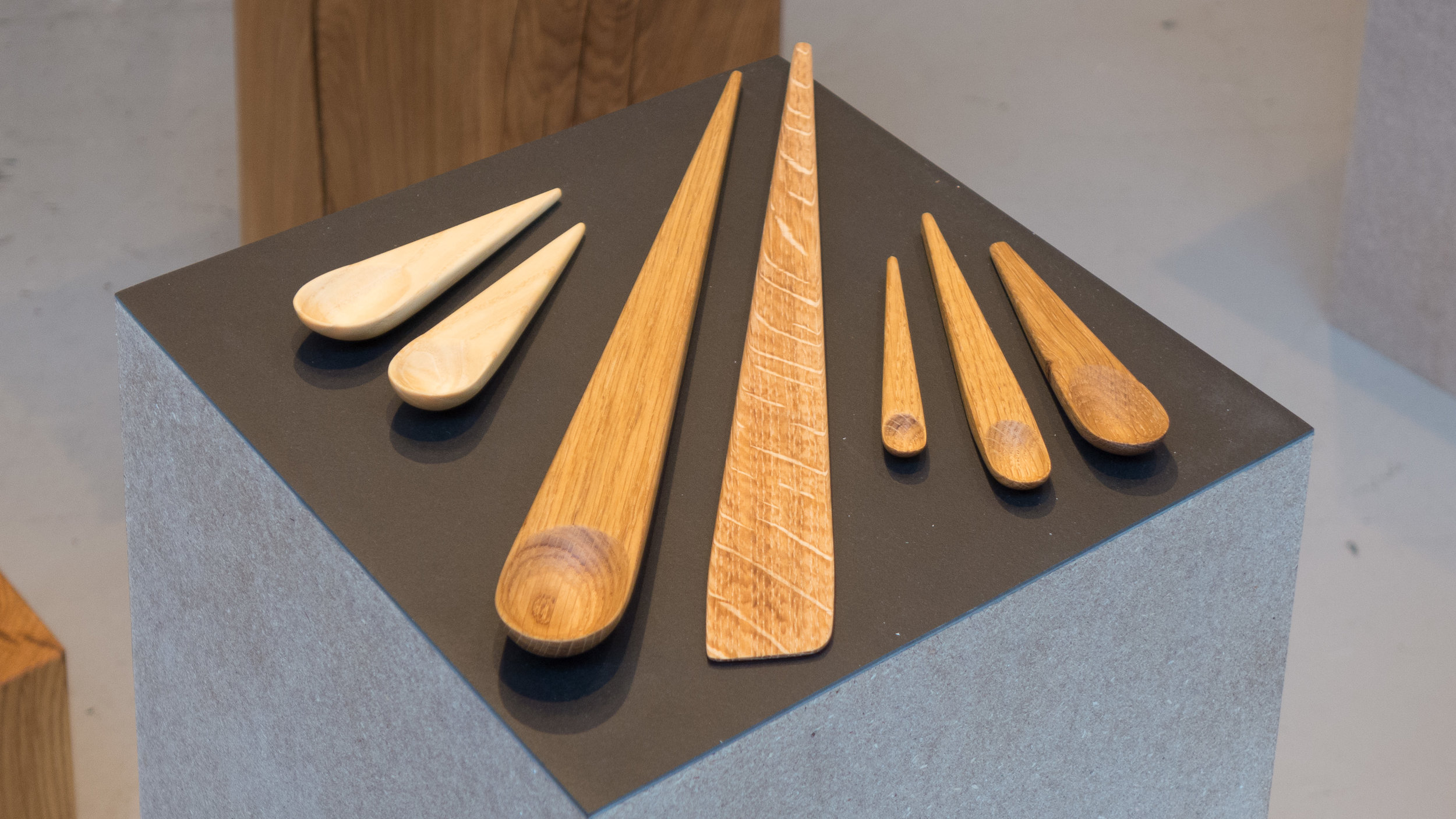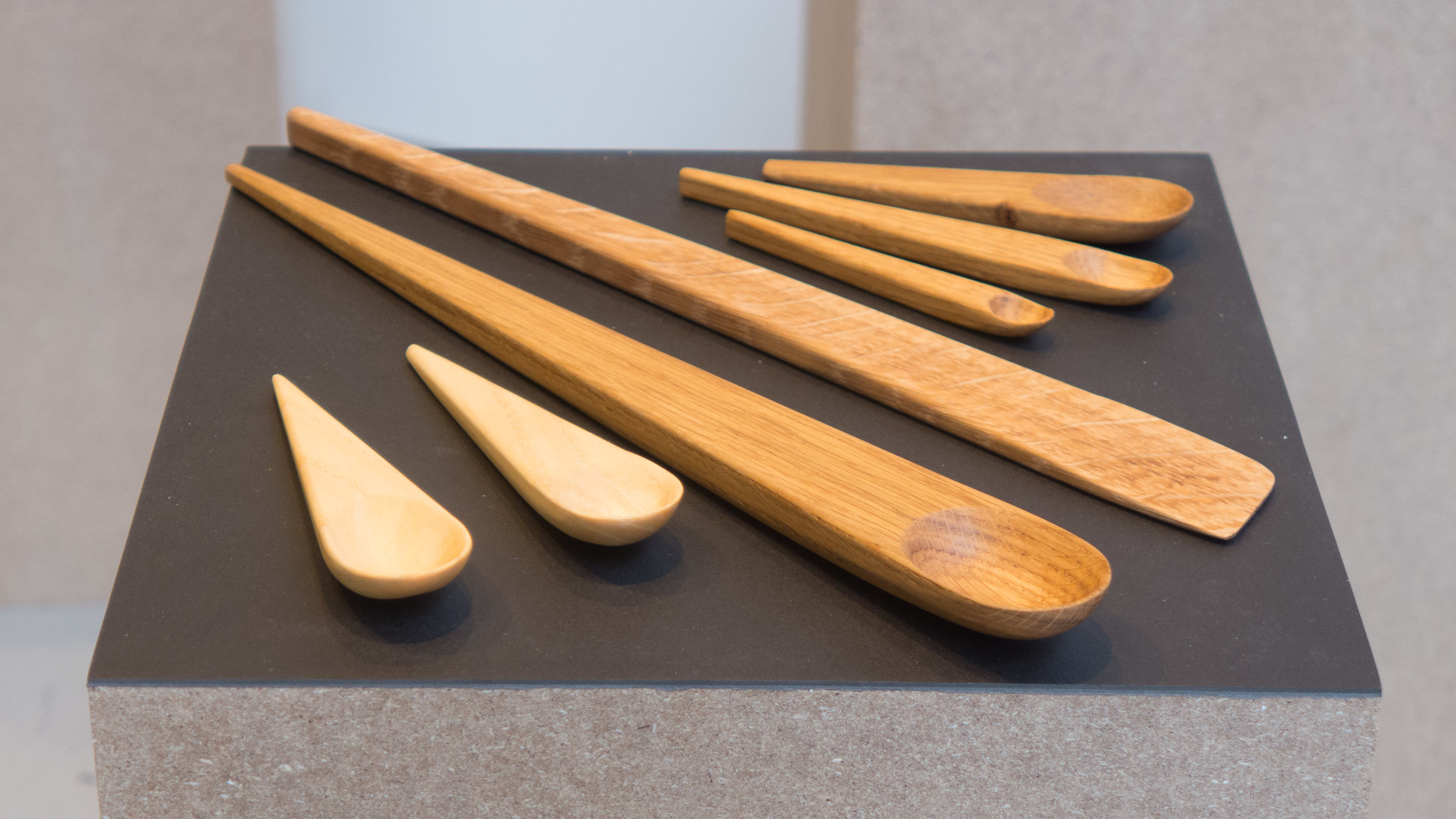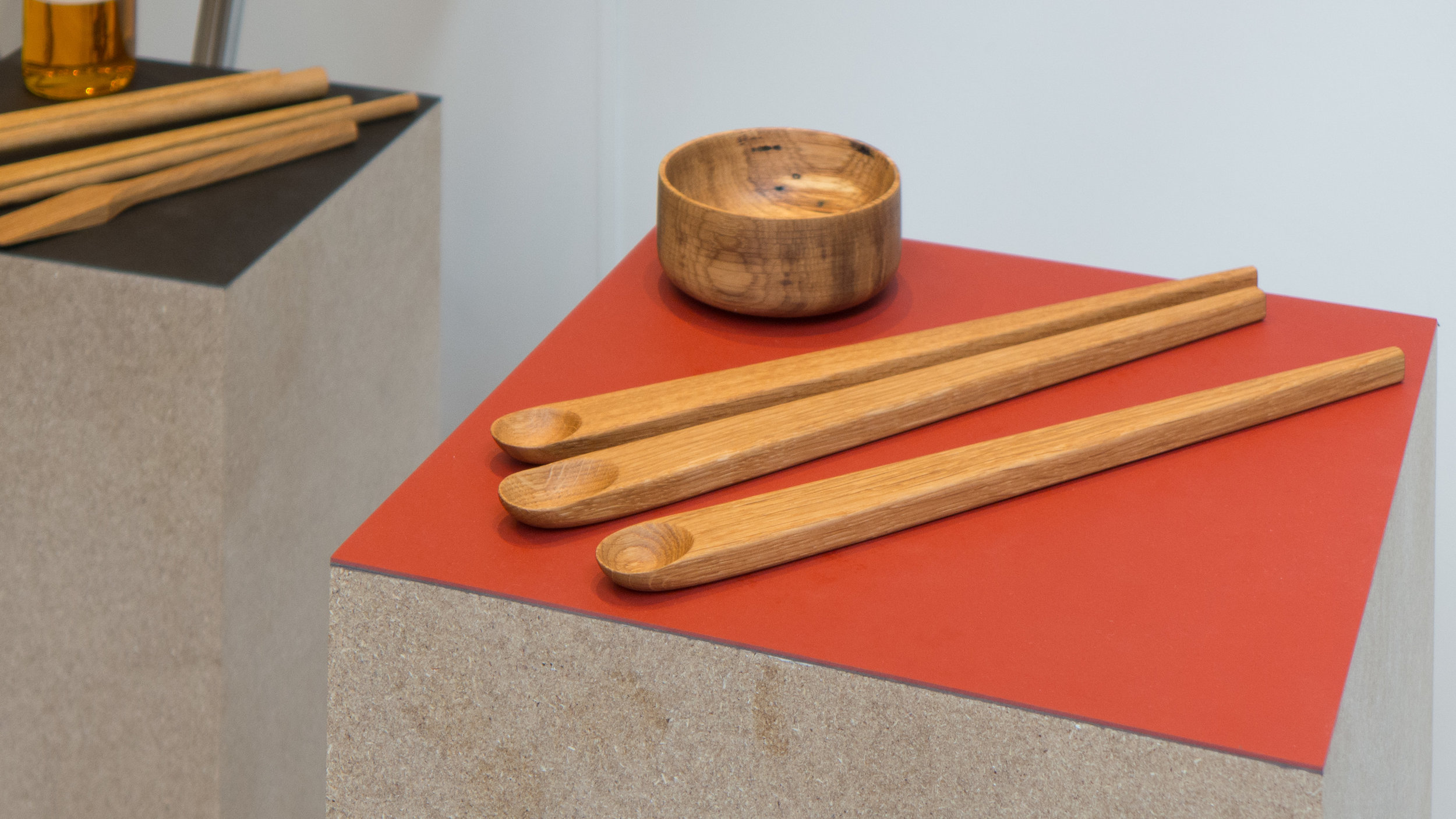Søren Ulrich
/Søren Ulrich was at northmodern in August to show his furniture along with a display of the large selection of high-quality carpentry and cabinet-making tools that he sells through his company.
His furniture is made with great attention to the character and grain of the timbers he uses and his work has, of course, the quality that you would expect from a hugely experienced and skilled craftsman.
The style of his furniture is interesting - not looking back to usual sources of inspiration in the ‘classical’ period of modern Danish design from the 1960s and 1970s but a step further back to look at vernacular furniture for inspiration … to the best of everyday Danish furniture … to the simple, practical, well-made furniture of farmhouses, and working homes and to the sort of furniture that must have filled the many apartments built in Copenhagen after 1870.
For the shapes of the backs to chairs or for the form or construction details of legs or frames - these pieces are reminiscent of furniture from 1900 or 1910. This is robust, well-made, long-lasting furniture that makes use of the best carpentry techniques, for forming frames and for finishing the pieces, but makes it relevant to a modern home rather than being simply a copy or reproduction.
the carpentry tools:
Part of the display at northmodern included a section of the trunk from an oak tree that had been split down the middle and was used as a display surface for a selection of high-quality wood-working tools.
A friend with some woodland had offered Søren an oak that was about to be felled but he accepted on the condition that he could cut down the tree himself, using a traditional axe, wanting to take the timber through all the stages from the standing tree to the finished furniture … but, he confessed to me that, half way through cutting down the tree, he began to feel that maybe it was one of the toughest jobs he had ever undertaken.



